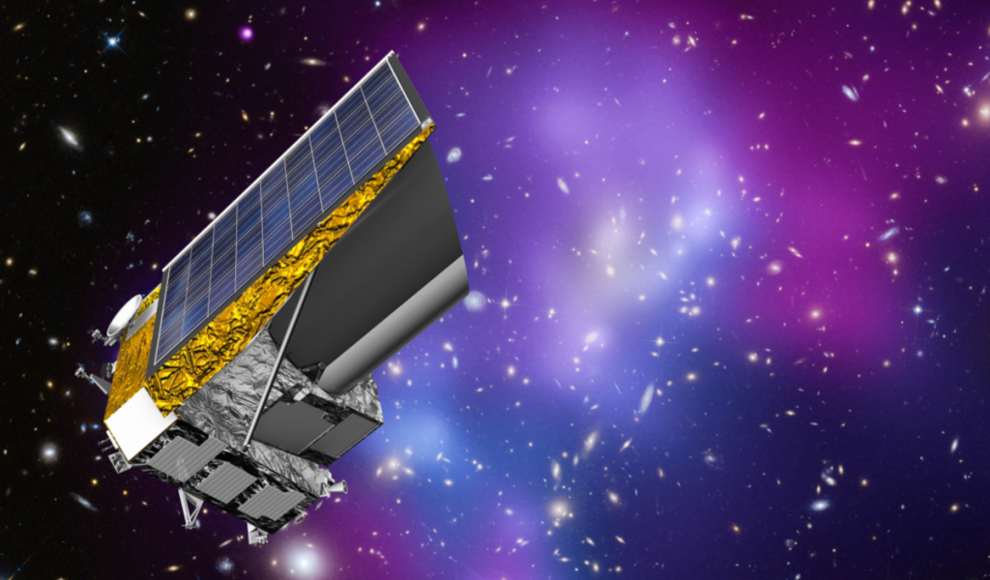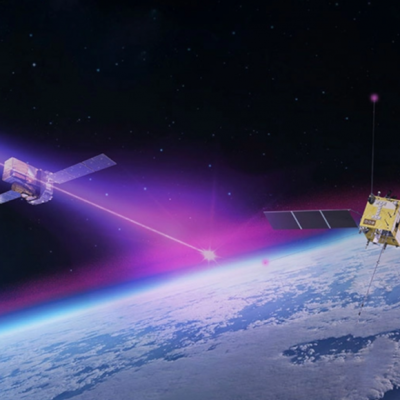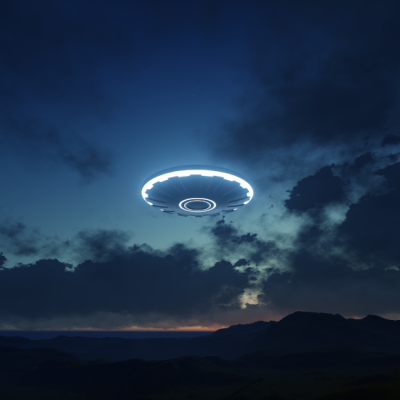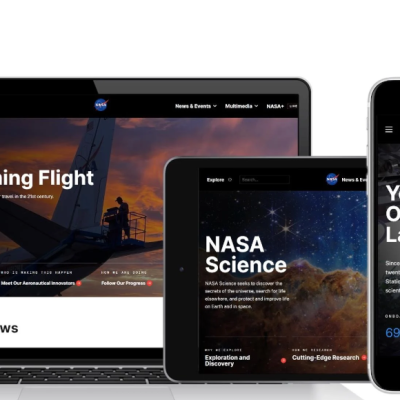The NASA spacecraft Lucy has recently completed its first test flight, passing by the asteroid Dinkinesh. This marks a significant milestone in the exploration of the origins of our solar system. Lucy’s mission is to explore eight different asteroids, including seven Jupiter Trojans, which are believed to hold key information about the formation of our solar system. Over the next twelve years, Lucy will travel 6.5 billion kilometers, while scientists on Earth eagerly analyze the data collected to unlock the mysteries of our cosmic backyard.
The Trojan asteroids are particularly interesting as they are considered “fossils of planet formation” and could provide valuable insights into the creation of our solar system. Lucy’s mission began with a successful flyby of Dinkinesh on November 1, 2023, which was crucial in testing the functionality of the spacecraft and its instruments. The data collected during this and subsequent encounters could provide scientists with valuable insights into the composition and history of the asteroids, as well as the dynamic processes that led to the formation of our solar system.
Lucy’s mission is ambitious, with the spacecraft set to visit ten different asteroids over a twelve-year period. The spacecraft will perform gravity-assist maneuvers to reach its distant targets, and the successful execution of these maneuvers is critical to the mission’s success. The technical specifications and range of Lucy’s mission are impressive, highlighting the NASA’s commitment to understanding our solar system’s origins. By exploring the Jupiter Trojans and other asteroids, Lucy could reveal the “fossils of planet formation” that could shed light on the early stages of our solar system.










